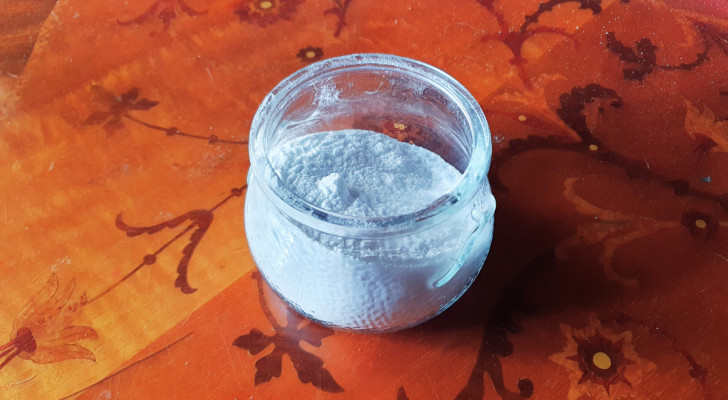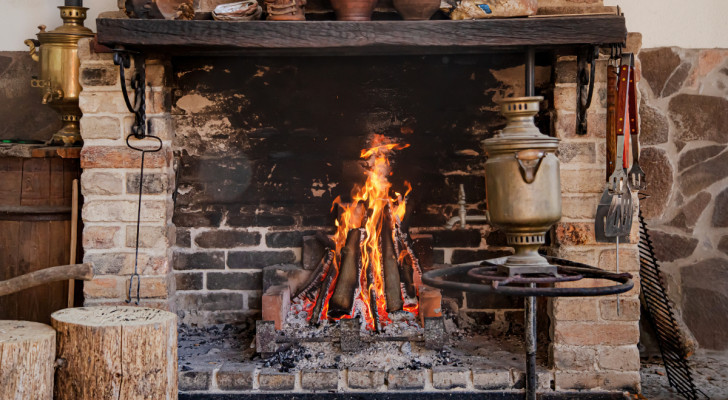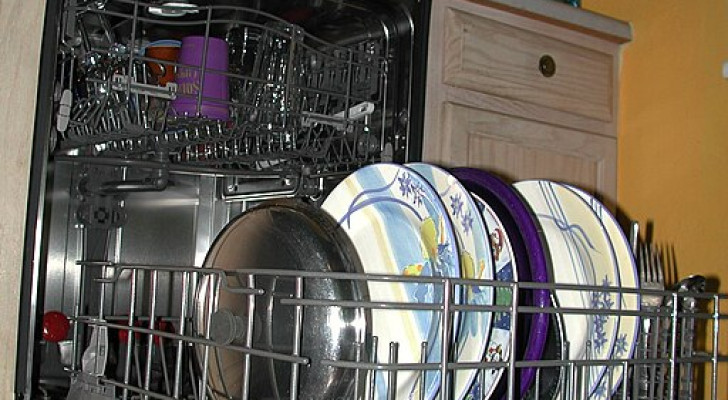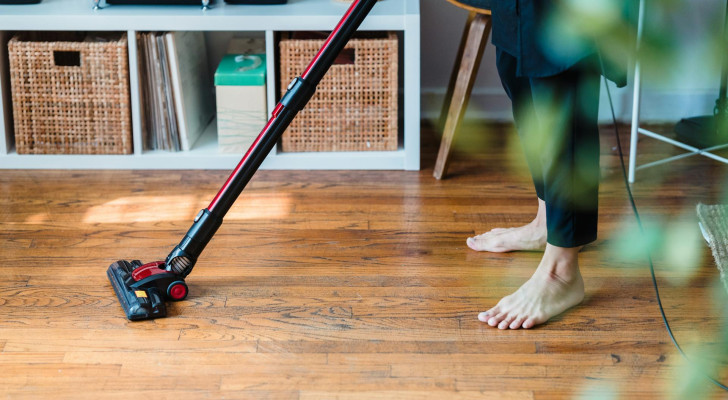Bamboo in the kitchen as a viable, alternative furnishing material? All the pros and cons you need to consider
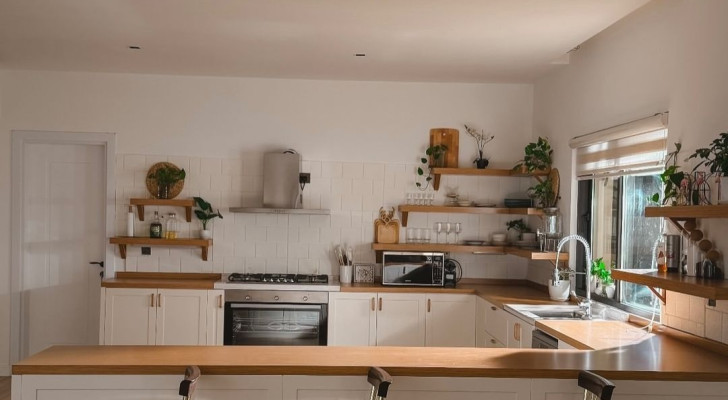
@architect_huda_/Instagram
When choosing kitchen furnishings, there are many factors to take into consideration: durability, robustness and impermeability are some of the most sought-after functional aspects, but aesthetics and eco-friendliness also deserve attention.
Amongst the many materials used for fixtures and fittings, bamboo is becoming increasingly popular due to its sustainability and eco-friendliness. But to make an informed choice, you need to consider all the pros and cons of choosing bamboo for your kitchen furnishing needs - and we detail these below:
Advantages of bamboo kitchen furnishings: financial savings
There are many advantages that using bamboo can bring to your kitchen and amongst these, the first is the money it will save you: easy to process and sustainable, bamboo is much cheaper than many other high-quality, raw materials used for kitchen furnishings.
Eco-friendly

designbuildinhabit/Flickr
Thanks to its extremely rapid growth rate and its ability to absorb large quantities of carbon dioxide, bamboo is an eco-friendly, sustainable raw material - much more so than many other raw materials, such as stone or deciduous/coniferous wood.
Robust and long-lasting
Bamboo is not only easy to work with, but is also much more durable than wood and other delicate, all-natural materials. Thanks to this characteristic - and with the correct maintenance - bamboo furnishings typically have a very long working lives.
Aesthetics
Bamboo can instantly make your kitchen look more "chic" thanks to the vibrant colors and natural designs/patterns it has. In fact, you can find bamboo in many different shades and are sure to be able to find one which suits your tastes.
Cleaning

Bamboo is one of the easiest materials to clean: all you need is a sponge and a little neutral soap or vinegar.
Disadvantages of bamboo furnishings: maintenance
Although it is a non-porous material, bamboo must be properly sealed so that it can withstand humid environments. Failure to do this will run the risk of the bamboo deteriorating prematurely and/or for mold to appear on it.
Periodic maintenance is necessary to ensure that the sealant you used remains sound over time.
Poor heat resistance

Frequentlyaskedquest/Reddit
Bamboo is not a heat-resistant material and it's best to avoid placing hot pots and pans in direct contact with a bamboo surface/worktop to avoid burning it.
Limited variety
The choice of a bamboo furnishings is usually driven by a desire to have an "all-natural" aesthetic/decor; however, if you want colorful bamboo furnishings, you will need to first apply a resin coating before painting it - which essentially defeats the advantages described above.
Be careful with knives
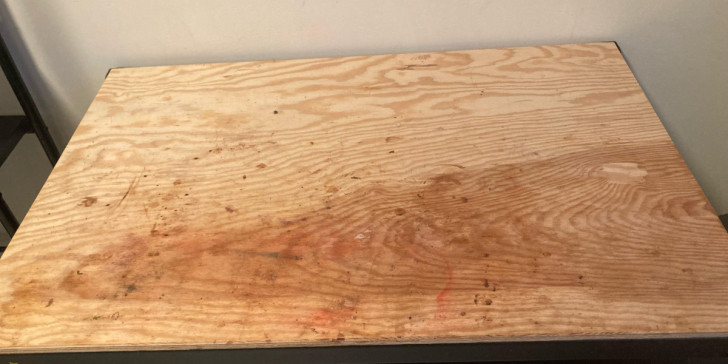
Icy-Paramedic3580/Reddit
A bamboo countertop can easily be scratched and damaged by the use of sharp blades that come into contact with it: given this, you need to resist the temptation to use a bamboo countertop as a cutting board.
Visible joints
Finally, remember that bamboo, while aesthetically pleasing, has highly visible joints (nodes) that some may find unattractive.
Now that you've learned about all the pros can cons of using bamboo, you sould be ready to make an informed choice!

